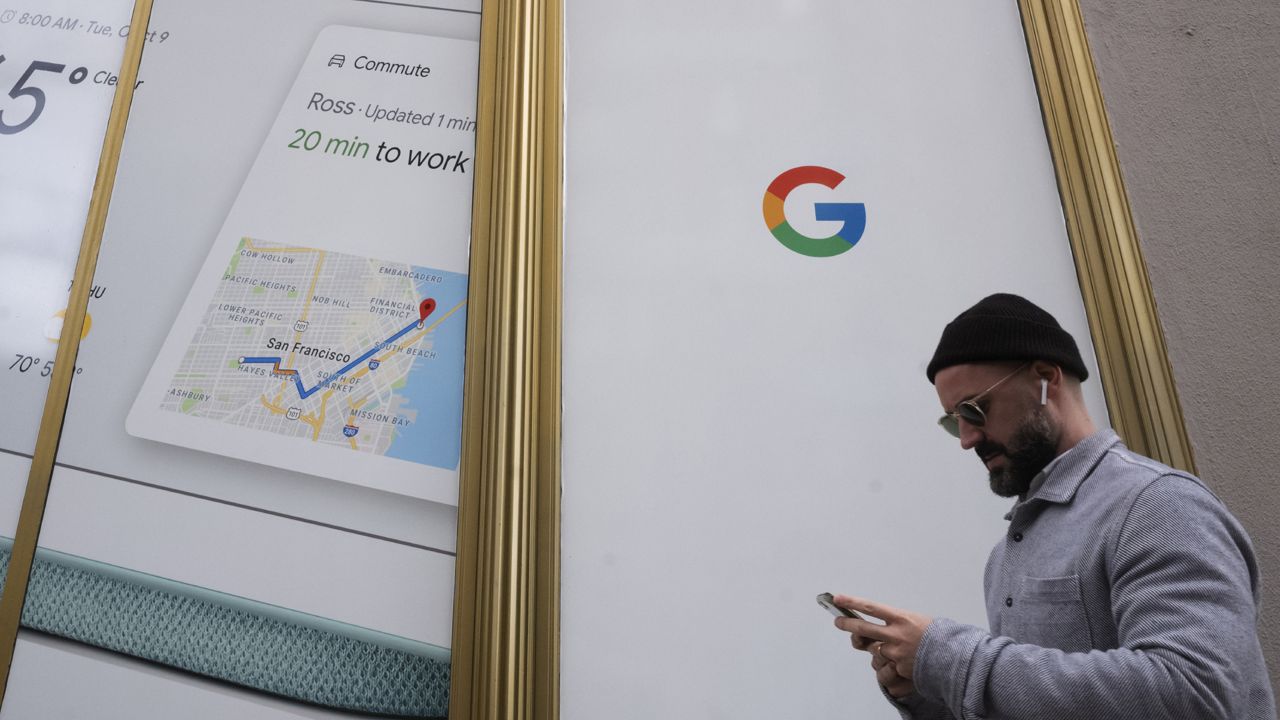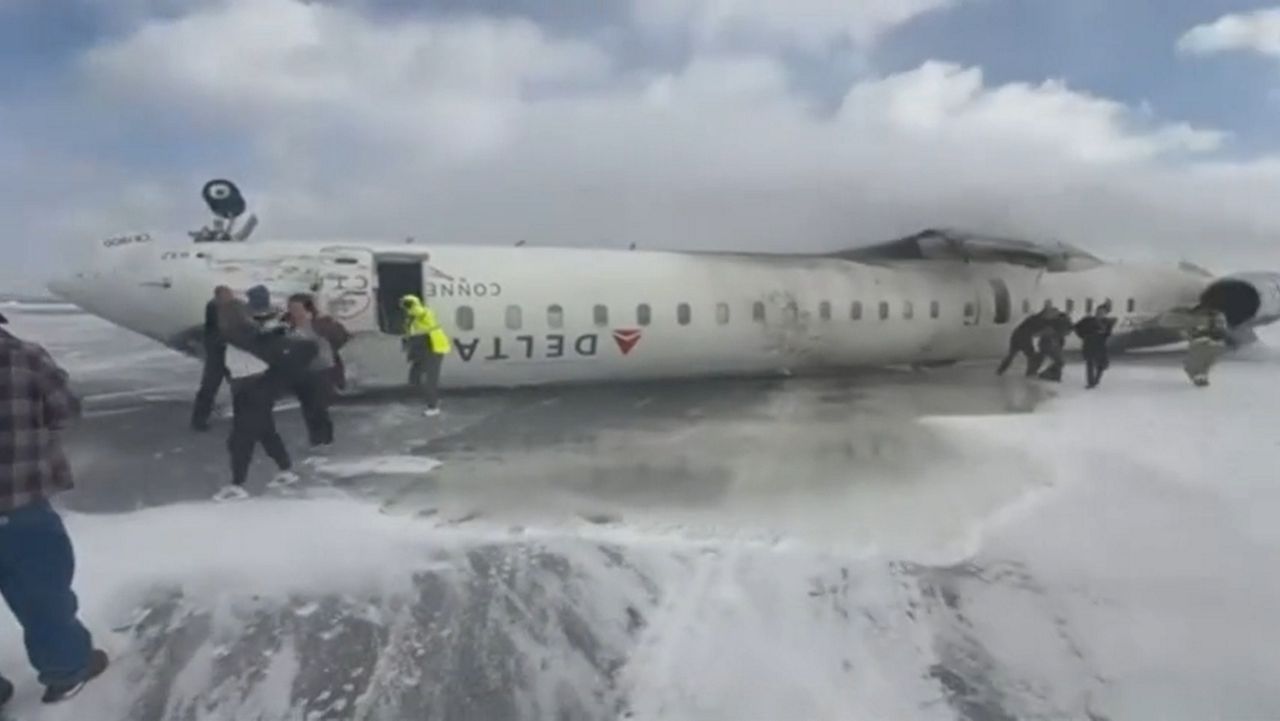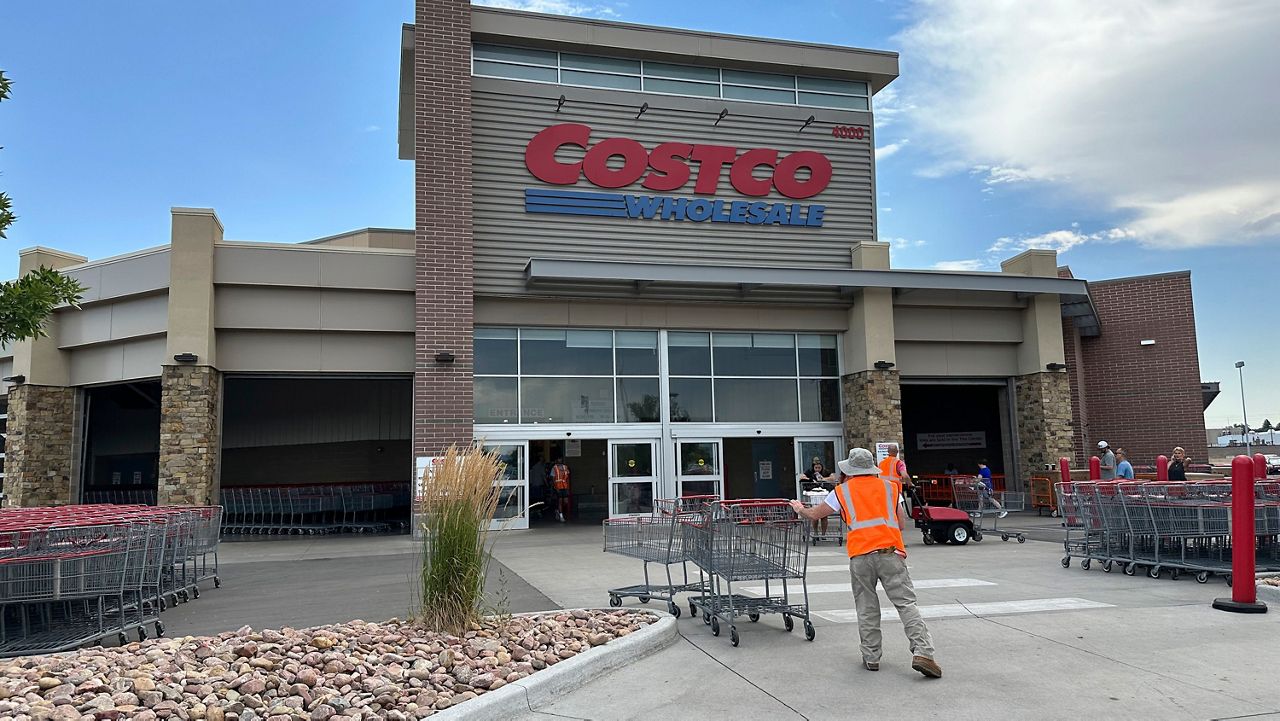To better help individuals feel safe during the ongoing coronavirus pandemic, Google Maps will soon expand its “transit crowdedness predictions” to over 10,000 public transportation hubs across 100 countries.
Eric Tholomé, director of product for Google Maps, made the announcement in a blog post on Wednesday, saying the company hopes to help its users “navigate and explore as safely as possible.”
“...You’ll know if your line is likely to have lots of open seats, hit full capacity, or be anywhere in between,” Tholomé wrote in part. “With this information you can decide whether you want to hop on board or wait for another train. Because pandemic or not, no one likes standing in a jam-packed subway car.”
By using a combination of AI technology, historical location trends and individual contributions, Google Maps is able to predict how crowded a subway, metro, bus or transit line might be at any given time.
The program is currently being tested in New York City and Sydney. By using data from the Long Island Rail Road and the Transport for New South Wales, respectively, Google Maps can “see live crowdedness information right down to the transit car level.”
The company hopes to roll out the feature to more cities in the coming months, noting that New York City, Atlanta, San Francisco, Boston and Washington D.C. tend to have the longest wait times and most packed transit in the country.
According to the American Public Transportation Association (APTA), ridership dropped dramatically at the outset of the coronavirus pandemic last year on all forms of public transit across six major U.S. cities. Riders have slowly returned to their commutes in the year-plus since, with numbers only expected to climb as more Americans get vaccinated against COVID-19.









